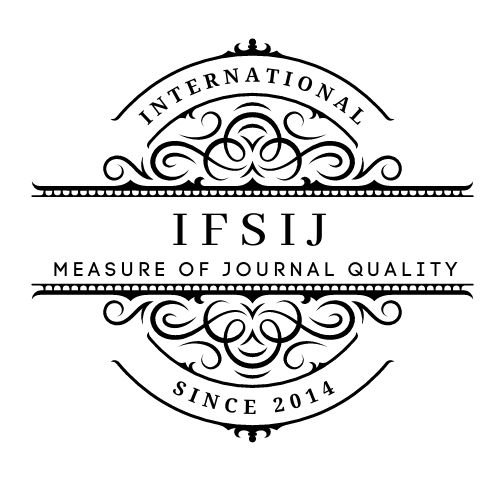DIAGNOSTIC SENSITIVITY AND RULES FOR PREPARING PATIENTS FOR LABORATORY STUDIES
Keywords:
Diagnostic sensitivity, patients, laboratory tests, specificity, pathological conditions.Abstract
The diagnostic sensitivity of a test for a particular disease is defined as the percentage of cases of truly positive test results in patients with that particular disease. In ideal cases, the sensitivity is 100%. This means that each patient has a pathological value of the parameter under study corresponding to his disease, i.e. there are no false-negative results [7,9,11,12].
Downloads
Published
Issue
Section
License

This work is licensed under a Creative Commons Attribution-NonCommercial-NoDerivatives 4.0 International License.















